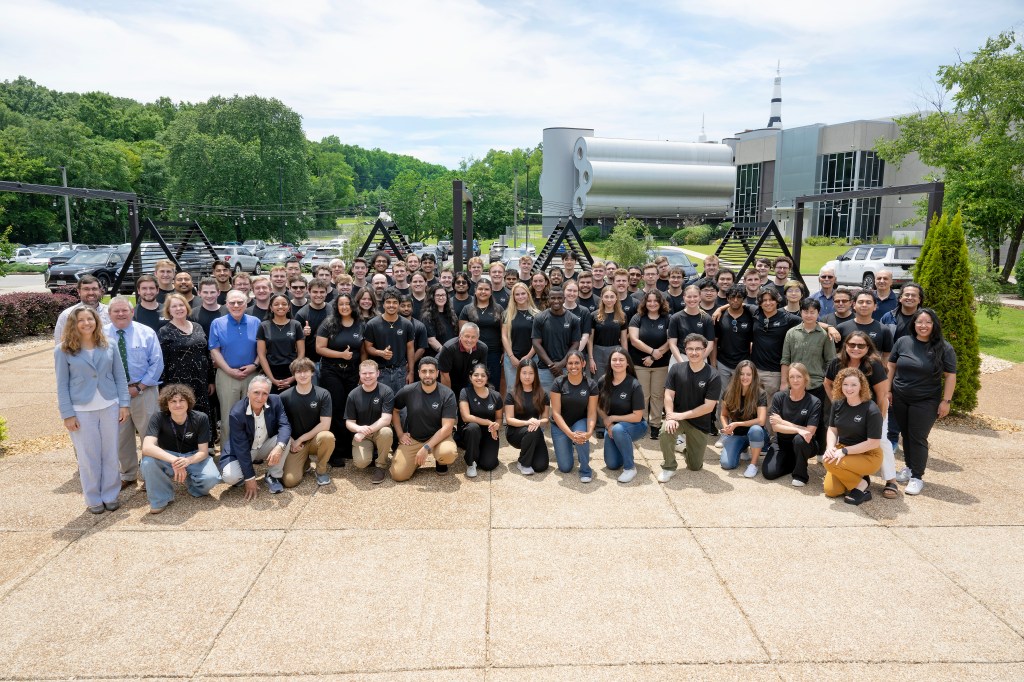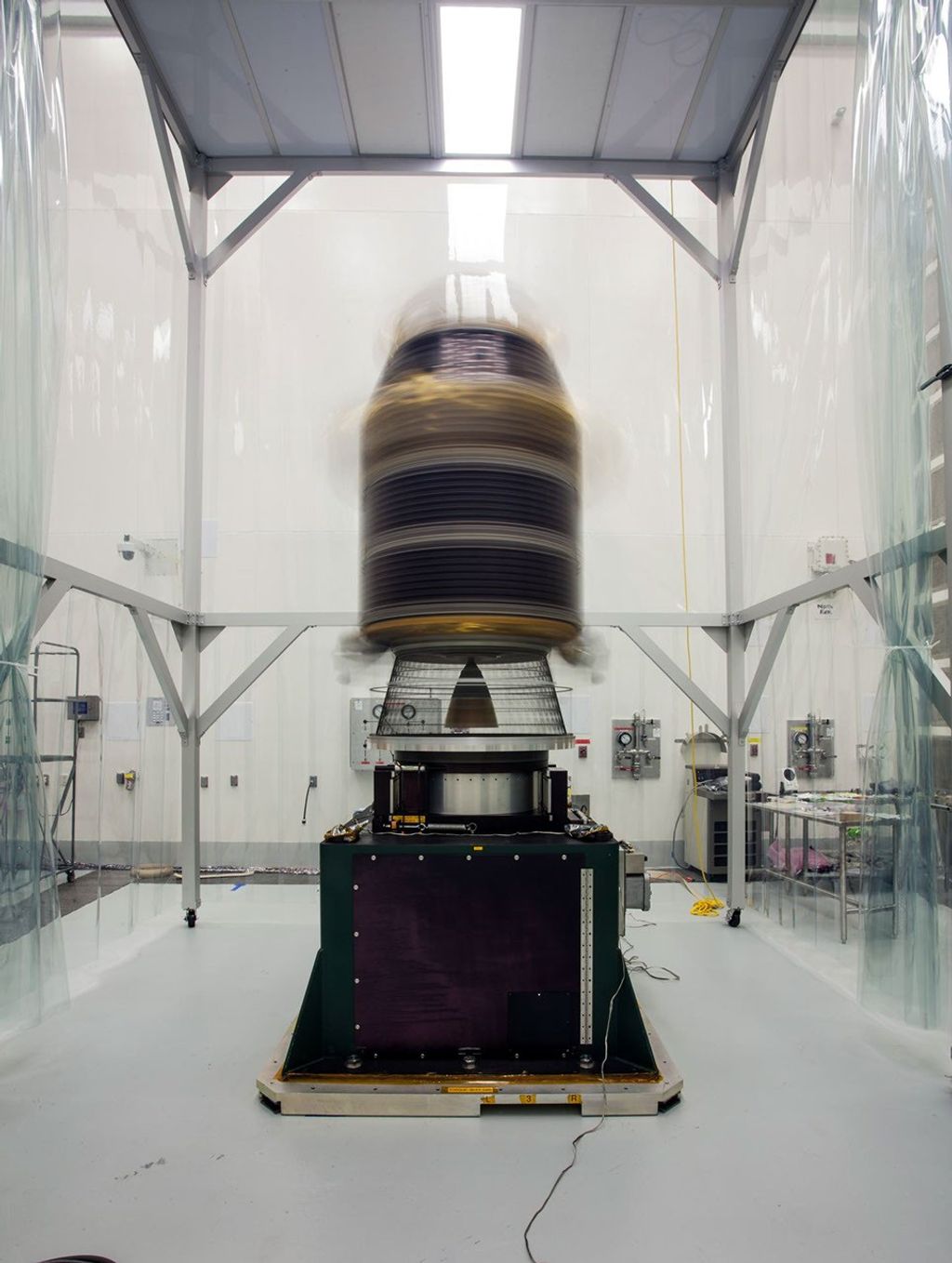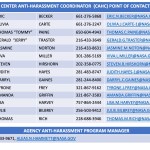The NASA Anti-Harassment Program, established in 2009, is designed to better ensure the safety of our workforce and the success of our missions by providing a means of promptly and effectively addressing allegations of harassment when they are raised. The program has long been recognized as pioneering by the U.S. Equal Employment Opportunity Commission and by other federal agencies, which have sought NASA’s guidance on developing their own anti-harassment programs.
To learn more about NASA’s Anti-Harassment Program, take a look at some of our program materials, including:

























